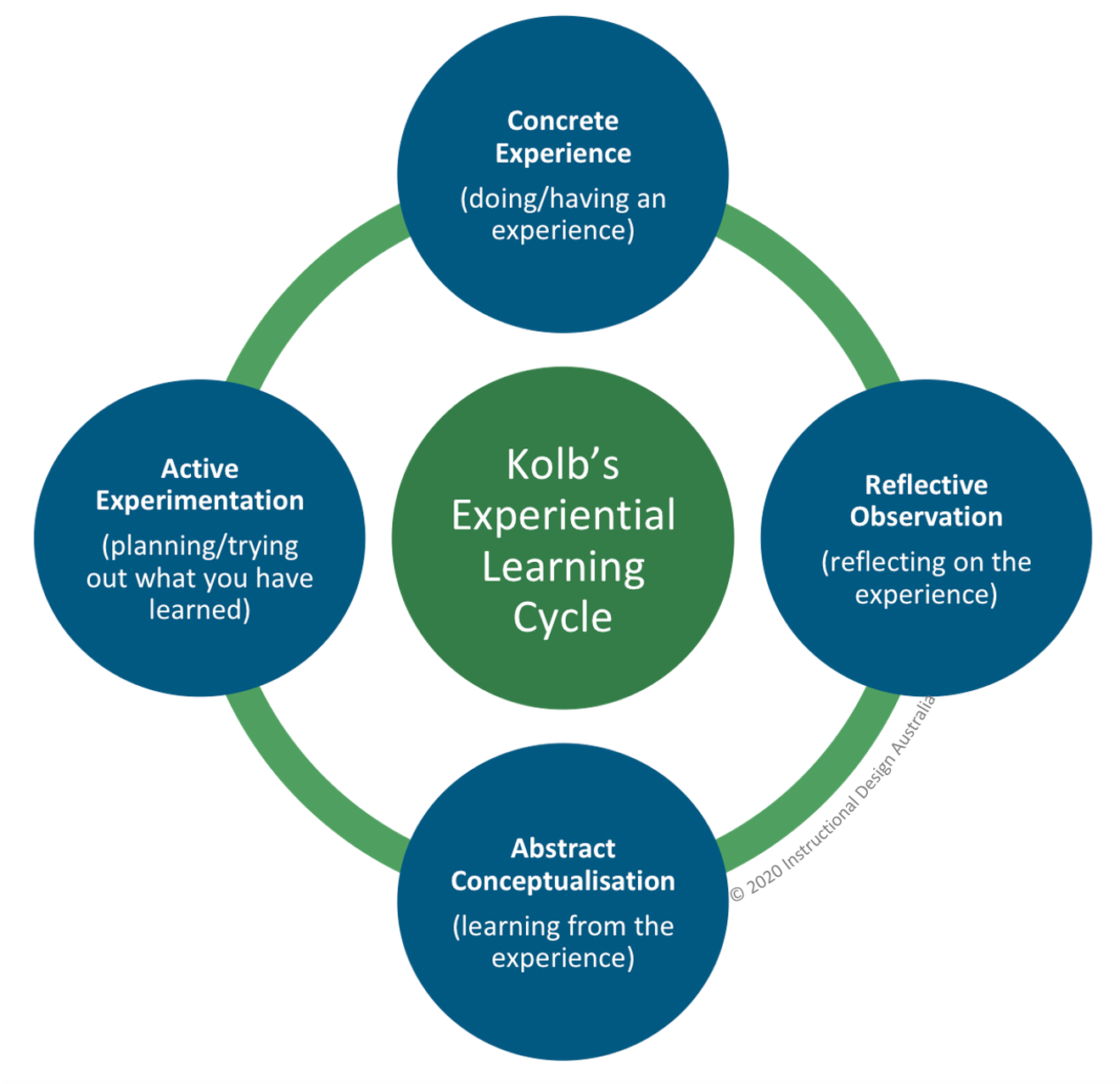Different strokes for different folks…learning styles
Let’s cast our minds back to school or university, where you studied (or in our case, crammed!) information from textbooks to ensure a pass for the one exam that determined your whole year’s result. The pressure was HUGE – and the chance of retaining all of that information post-exam? Almost zero.
There were those friends who just seemed to ‘remember’ everything, with an uncanny photographic memory. And others who wrote the notes out; repeatedly. Everyone had a different technique that worked for them.
Researchers have shared various methodologies that describe the ways in which people learn and retain information. From an instructional design perspective (or from a facilitation delivery perspective), it’s imperative that we design and develop our learning content to support these different styles. Let’s look at a few of the more well-known models.
VAK/VARK model (Walter Burke Barbe/Neil Fleming)
This popular theory identifies four primary types of learners: visual, auditory, reading/writing, and kinesthetic (sometimes it’s referred to as just VAK with the reading and writing element captured in the visual category).
The Visual learner will have a preference for ‘seeing’ (visual aids, graphs, charts, diagrams, pictures, etc). Auditory learners experience their best learning through listening, through lectures, storytelling and discussions. Kinesthetic or tactile learners prefer to learn via experience – doing things on the job, touching things, hands on activities and experiments to ‘bring to life’ key concepts.
Kolb’s Experiential Learning Model (David A Kolb)
According to Kolb’s model, the ideal learning process engages four different modes in response to situational demands; they form a learning cycle from experience to observation to conceptualization to experimentation and back to experience. [1] Effective learning requires all four of these modes to be incorporated in the learning experience. As learners work through these modes, they develop strengths, which give rise to the four learning styles that Kolb developed:
1. Accommodating = strong in hands-on practical ‘doing’
2. Converging = strong in practical hands-on application of theories
3. Diverging = strong in imaginative ability and discussion
4. Assimilating = strong in inductive reasoning and creation of theories
Honey and Mumford’s Learning Model (Peter Honey and Alan Mumford)
In 1986, using Kolb’s model as a base, Honey and Mumford identified four approaches people took to learning new information. They renamed some of Kolb’s learning cycle modes to having an experience, reviewing the experience, concluding from the experience, and planning the next steps. They provided four different learning styles {2}:
1. Activist – learns by doing
2. Theorist – likes to understand theory behind the practice
3. Pragmatist – Needs to be able to see how they apply their learning to the real world
4. Reflector – Learns through observation and reflecting on results
It is worth noting that our learning preferences may be a combination of some, or all of these modes or styles.
What does all this mean from a corporate learning perspective?
Whether you are drawing on VAK, Kolb or Honey and Mumford (or any of the 70 other learning styles that exist!), the creation of blended and varied learning experiences is a key outcome to plan for.
When designing or delivering learning, factor in the different modalities and create a learning environment that shapes activities to support different learners.
Or – if you are working one-on-one with someone, consider their learning preferences and shape activities that resonate with them for maximum engagement and transfer of learning.
Contact Us
Discover Learning Designs (DLD) and Instructional Design Australia (IDA) provides instructional design services to support workplace learning and change. With team members in Melbourne, Sydney, Brisbane and Perth DLD will enable your people to engage, learn and perform. Call us on 1300 528 736 or make an online enquiry.
1. Kolb, David A. (2015) [1984]. Experiential learning: experience as the source of learning and development (2nd ed.). Upper Saddle River, NJ: Pearson Education
2. https://www.businessballs.com/self-awareness/honey-and-mumfords-learning-styles/



